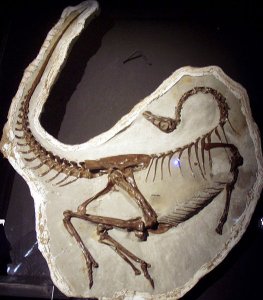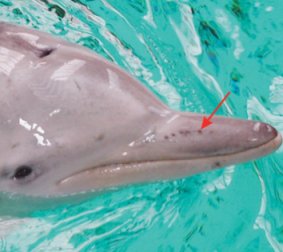Dr. Alister Edgar McGrath is a remarkable man. He holds an earned PhD in molecular biophysics and an earned Doctor of Divinity degree, both from the University of Oxford. He was once an atheist, but while studying chemistry at Oxford, he began to realize that the evidence for atheism was “circular, tentative, and uncertain.” The more he examined the evidence, the more convinced he became that Christianity was the most rational worldview. As a result, he became a Christian.
Because he was once an atheist, he continues to study atheism today. One of his best books is The Dawkins Delusion?, where he shows why atheists should be embarrassed by Dr. Richard Dawkins. However, that’s not the book I am writing about. Instead, I am writing about another one of McGrath’s masterpieces, Why God Won’t Go Away. Having publicly debated both Dawkins and Christopher Hitchens, McGrath is well aware that many in the “New Atheist” camp would like God to go away. However, as McGrath demonstrates in this easy-to-read book, God stubbornly refuses to comply with the desires of the New Atheists.
Now even though this is an easy-to-read book, it is not simple or superficial. It is a deep, serious discussion of the New Atheist movement and its severe intellectual problems. However, McGrath is such an excellent teacher that you hardly notice how deep the material is until you put down the book and start thinking about what you have read.





